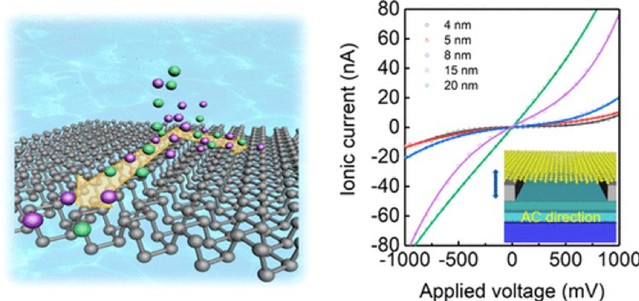
Figure 1 (Left) Schematic diagram of anisotropic transport of ions in nanochannels along the upward direction of black phosphorus AC and ZZ crystals; (Right) Schematic diagram of nonlinear processes of ion transport in different black phosphorus nanochannels.
Recently, the latest research results on nanochannels made of two-dimensional materials by the research group headed by Professor Liu Zhibo and Tian Jianguo of the School of Physics of Nankai University and the TEDA Institute of Applied Physics were published in Nano Letters. They used femtosecond laser micro-nano processing and two-dimensional material transfer and superposition to prepare the nanochannel structure with black phosphorus as the wall. By controlling the Angle between the extension direction of the channel and the lattice orientation of black phosphorus, they realized the control of ion transport along the surface of black phosphorus.
The research reveals that ions transported along different lattice orientations of black phosphorus exhibited different transport characteristics. Ion transport along the AC direction exhibited stronger limitations relative to the ZZ direction, and also exhibited more obvious nonlinear characteristics in electric current tests, while graphene nanochannels prepared using the same method exhibited distinct linear characteristics. The authors calculated the diffusion barriers of ions and water on the surface of the two materials, and found that there is a distinct anisotropic transport barrier on the surface of black phosphorus, and the transmission barrier along the AC direction is approximately 10 times larger than along the ZZ direction, while graphene has a very low transport barrier and no orientation because of its atomic arrangement on the same plane. This study offers a new regulatory means for achieving nanoscale mass transfer, which is important for the study of transport in restricted channels, energy conversion and biosensing. The research was funded by the National Natural Science Foundation of China.
Link to the paper: https://doi.org/10.1021/acs.nanolett.3c00078



